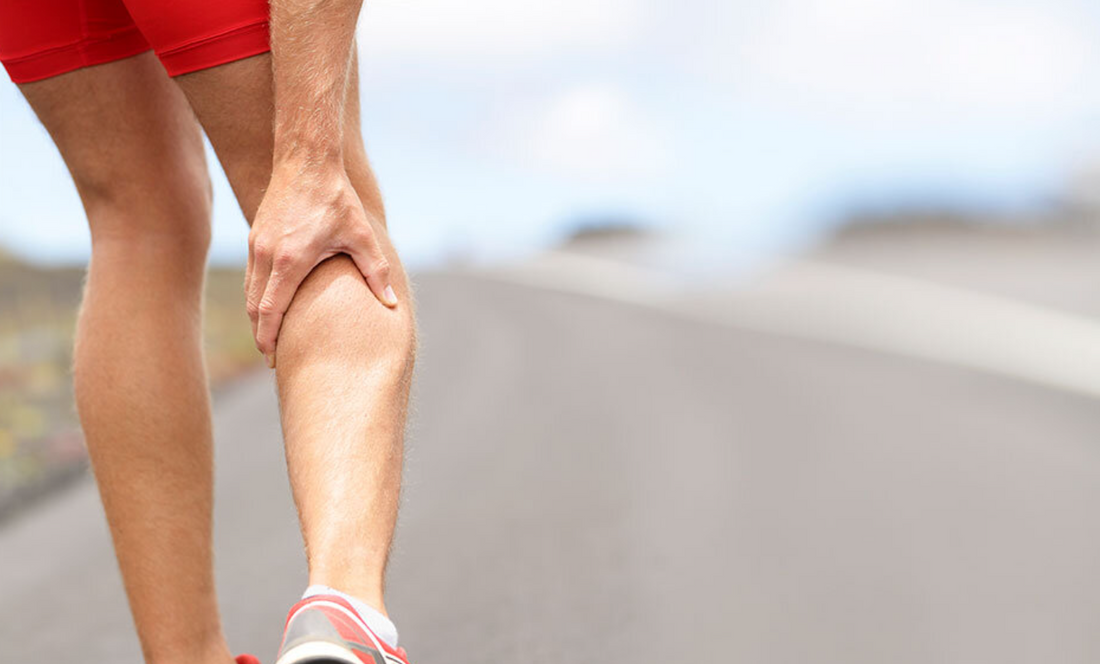
Understanding Calf Muscle Strains: What You Need to Know
Share
Have you ever felt a sudden sharp pain in your calf during or after exercise? You might have experienced a calf strain.
Calf strains are up there with the most common muscle injuries in running-based sports, coming in second to hamstring injuries. Sports like AFL, soccer, and track and field have high rates of calf injuries, and can be prone to reinjury. They are also linked with longer rehab timeframes than hamstrings.
What is a Calf Strain?
Your calf is made up of two main muscles:
- Gastrocnemius: the big muscle on top that you can see, which helps with powerful movements like jumping or sprinting.
- Soleus: a muscle sitting below the gastrocnemius, that works hard during longer, steady efforts like jogging or walking.
A calf strain happens usually during activities like:
- Sprinting or changing direction quickly
- Pushing off during running
- Landing from a jump
However, sometimes there's no clear point where the injury happened. You might just notice tightness, soreness, or a dull ache that gets worse after a game or training.
What Does it Feel Like?
You might feel:
- A sudden ‘pull’ or sharp pain in the back of your lower leg
- Tightness or aching in the calf
- Swelling or bruising (in more severe cases)
- Difficulty walking, running, or going up on your toes
If this sounds like you, it’s important to get assessed. Not all calf pain is a strain, it could also be referred pain from elsewhere.
How Long Will It Take to Heal?
Timeframes vary, in line with severity of the injury, from 1 week to 6 weeks and beyond. There are factors that can influence healing timeframes. This depends on:
- Which muscle is involved
- Your age, fitness level, and training load
- How well you stick to your rehab plan
- Previous calf and lower leg injuries
What Can You Do About It?
Your physio will guide you through a tailored plan. This usually includes:
- Early load management: Reducing load without completely resting. We want to keep you moving as much as you can.
- Strength training: Gradually loading the calf muscle again. Starting where you can manage and building from there.
- Power & explosive work: Think jumping, hopping, and sprinting. This is introduced carefully once your calf is ready.
- Running & change of direction drills: Important if you’re getting back to sport. We’ll test your calf’s ability to cope with real-life movement demands.
Your rehab should be progressive and specific, it should not just stretching or using massage guns.
Why It Matters
Returning to sport or training too early is a big risk. Research shows that calf injuries are prone to coming back, especially if they’re not properly rehabbed. A good program builds your strength, control, and confidence so you don’t just feel better, you perform better.
